Not long ago, the hardest thing about big buck hunting was simply that mature whitetails were so scarce. In most states, the vast majority of bucks were killed the first year they wore visible antlers. But that’s all changed. The 2021 Deer Report by the National Deer Association (NDA) showed that for the first time recent history, hunters are now tagging more mature bucks (3-½ years and older) than yearlings and 2-year olds.
In other words, successful big buck hunting has gotten far more feasible, and there’s no time like the present to take advantage. That said, if you’ve enjoyed success on younger bucks and you stick with those same strategies, odds are you’ll continue to tag—you guessed it—more younger bucks. Older bucks simply don’t behave like juveniles, and if you want to consistently take the big ones, you’re going to have to think and hunt differently. Here are five ways mature bucks are unique, as how you should alter your strategies for successful big buck hunting.
1. Big bucks are homebodies.
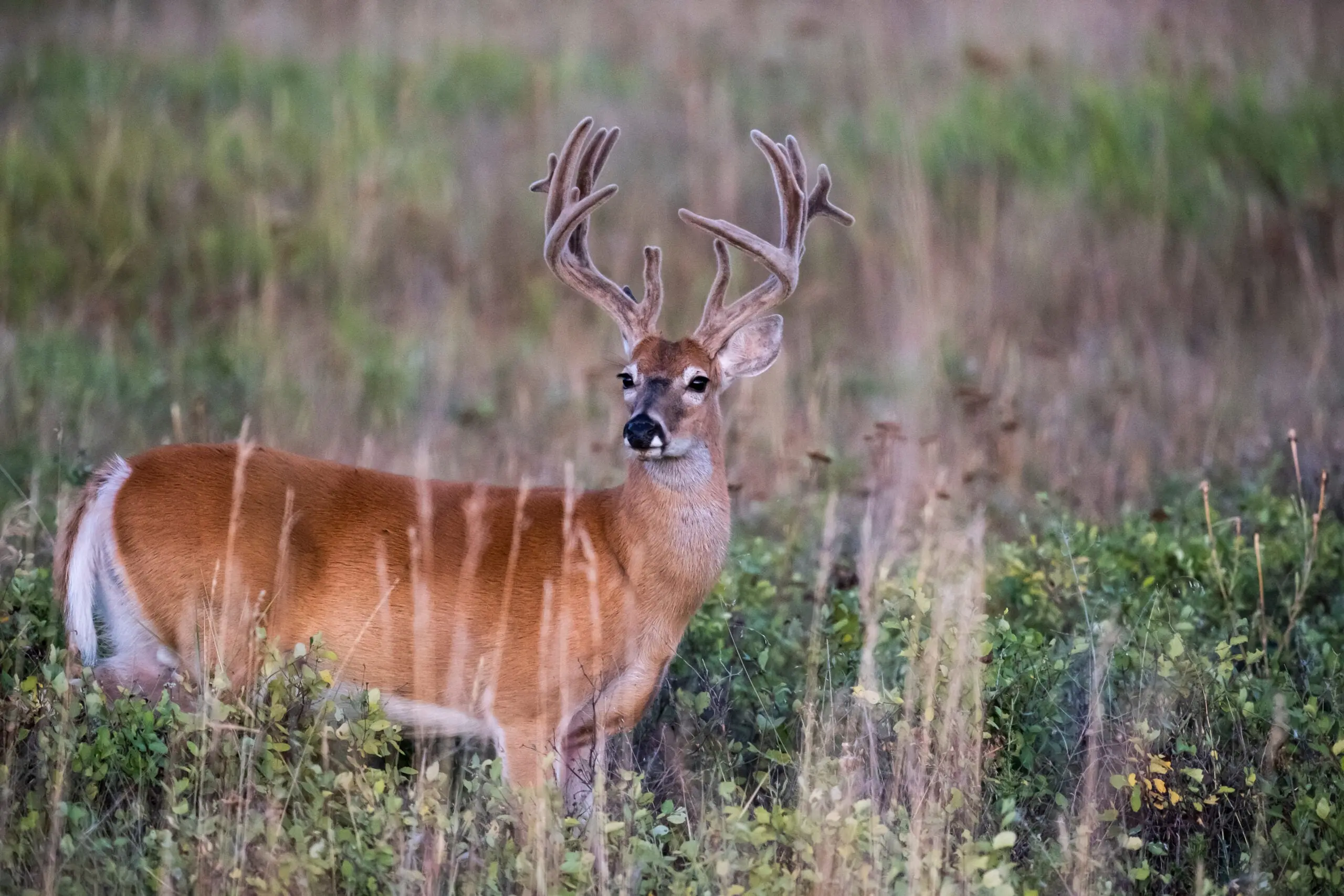
Telemetry research dating back to the 1990s, and supported by more recent data, proves that older bucks tend to shrink their territories as they age. That groundbreaking research, conducted by legendary biologist Mickey Hellickson, showed that older bucks (7½ years or older) had home ranges that averaged 1,055 acres; less than half the size of immature bucks (2½ years and younger), and 25 percent smaller than middle-aged bucks and mature bucks (3½- to 6-year-olds).
It’s worth noting that Hellickson’s study occurred in Texas, where bucks tend to have large home ranges. But Maryland researcher Mark Conner found the same behavior when he studied home ranges, which averaged 600 acres for mature bucks in his area. By the way, “home range” is defined as the area where a buck spends 90 percent of his time.
Core areas—favored spots within a buck’s home range where he spends at least 50 percent of his home-range time—are even smaller, according to Conner’s research. “Most core areas represented about 15 percent of a buck’s home range, or about 90 acres,” he said. The bottom line is that as bucks get older and bigger, they get lazier and spend more time in smaller places where they feel safe.
Big Buck Hunting Strategy: Go Early and Hunt Core Areas
First, if you’re not taking advantage of early bow seasons, when bucks are particularly tied to specific core areas because they are not off looking for does yet, you need to start. That period when even the biggest bucks are still on a late-summer feed-to-bed pattern is one of the absolute best times to ambush a trophy in his core area.
Second, unless you own a Texas-sized spread, “your” buck’s home range likely covers more than your property, but his core area—that place where he feels safe and returns to regularly—can be significantly smaller and created by you with some proper land management and hunting techniques. Plant food plots, use a chainsaw to encourage thick new growth, and provide a sanctuary by hunting only of the fridges. Do that and you can keep a big buck at home (where you can hunt him) for significant portions of the season.
Related: 10 Expert Tips for Hunting Early Season Bucks
2. Big bucks respond differently to hunting pressure.
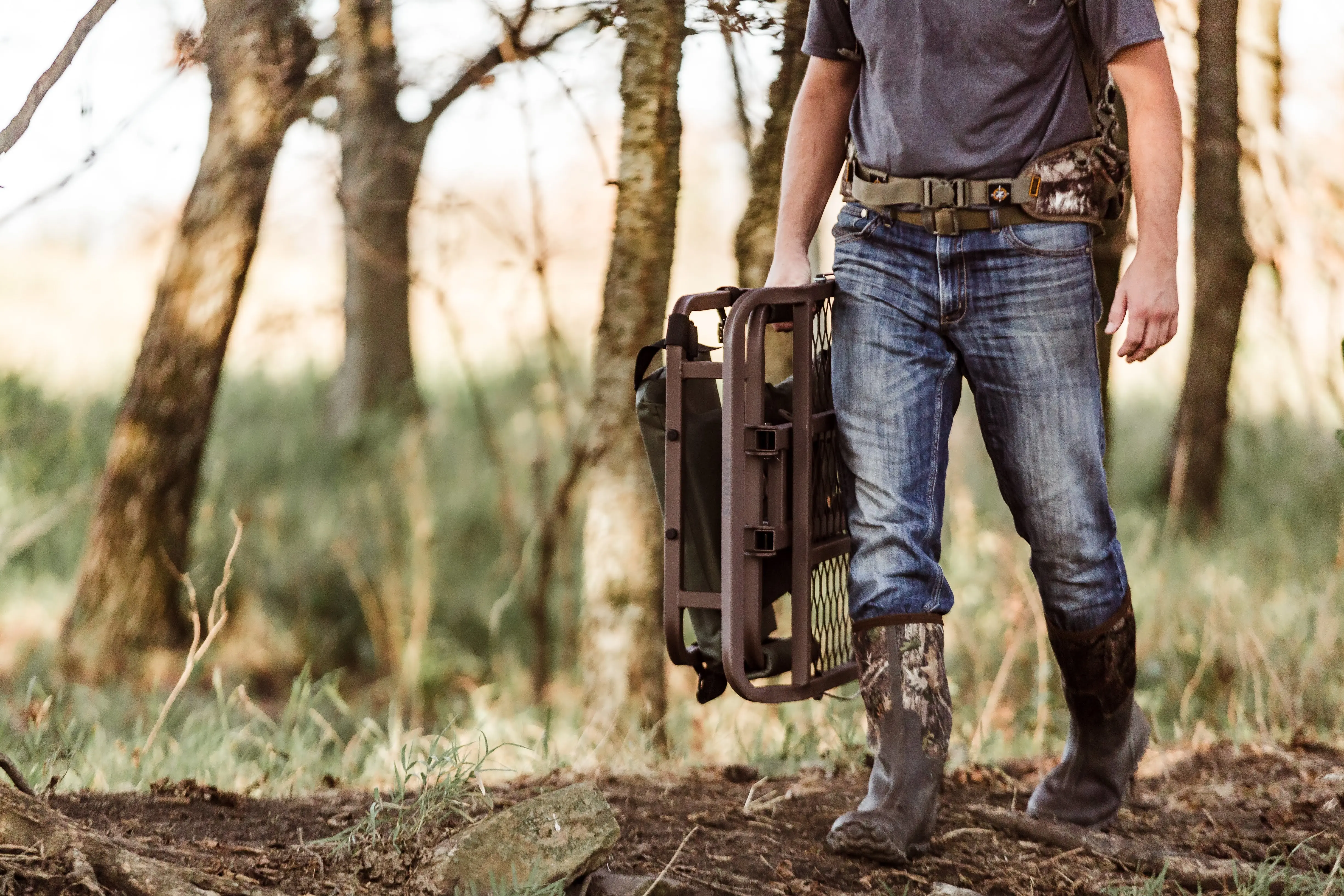
Plenty of research suggests that bucks notice and respond to hunting effort. A recent telemetry study conducted by Mississippi State University investigated deer movement in relation to hunting pressure that researchers divided into low, medium, and high categories. While deer continued to use all habitat types within their home range, no matter the degree of hunting pressure, they stuck to dense cover when the meter tipped from medium to high pressure.
In an extensive trail-cam survey conducted in northern Minnesota’s big woods environment, researcher Marrett Grund noted a drastic difference in not only herd density, but composition (read “more mature deer”) in areas of the forest interior as opposed to those close to roads and easy access points. “I’ve changed hunting strategies because of that study,” Grund said. “It’s kind of old news but it still holds true; most hunters rarely go more than a few hundred yards from the road.” And, his study suggest, most big bucks stay away.
Big Buck Hunting Strategy: Hunt Smarter and Hike Farther
One of the biggest mistakes most private-land hunters make (and I know because I’ve been guilty of it too many times myself) is overhunting a good area. We think sheer effort will result in tagging a great buck, when in fact it can often go completely against us, educating a mature buck to our presence and causing him to shift to thicker cover elsewhere, using huntable habitats only at night. Come up with a sound hunting strategy that takes wind direction and weather events into consideration and discipline yourself to only hunt under the right conditions. And if you’re a public-land hunter, the message is simple and familiar, but it bears repeating: Get away from roads and parking lots, and be willing to hike past barriers (creeks, hills, difficult cover) that discourage other hunters to find undisturbed deer.
Related: 19 Tips for Hunting Public Land
3. Mature bucks are the first to leave sign.
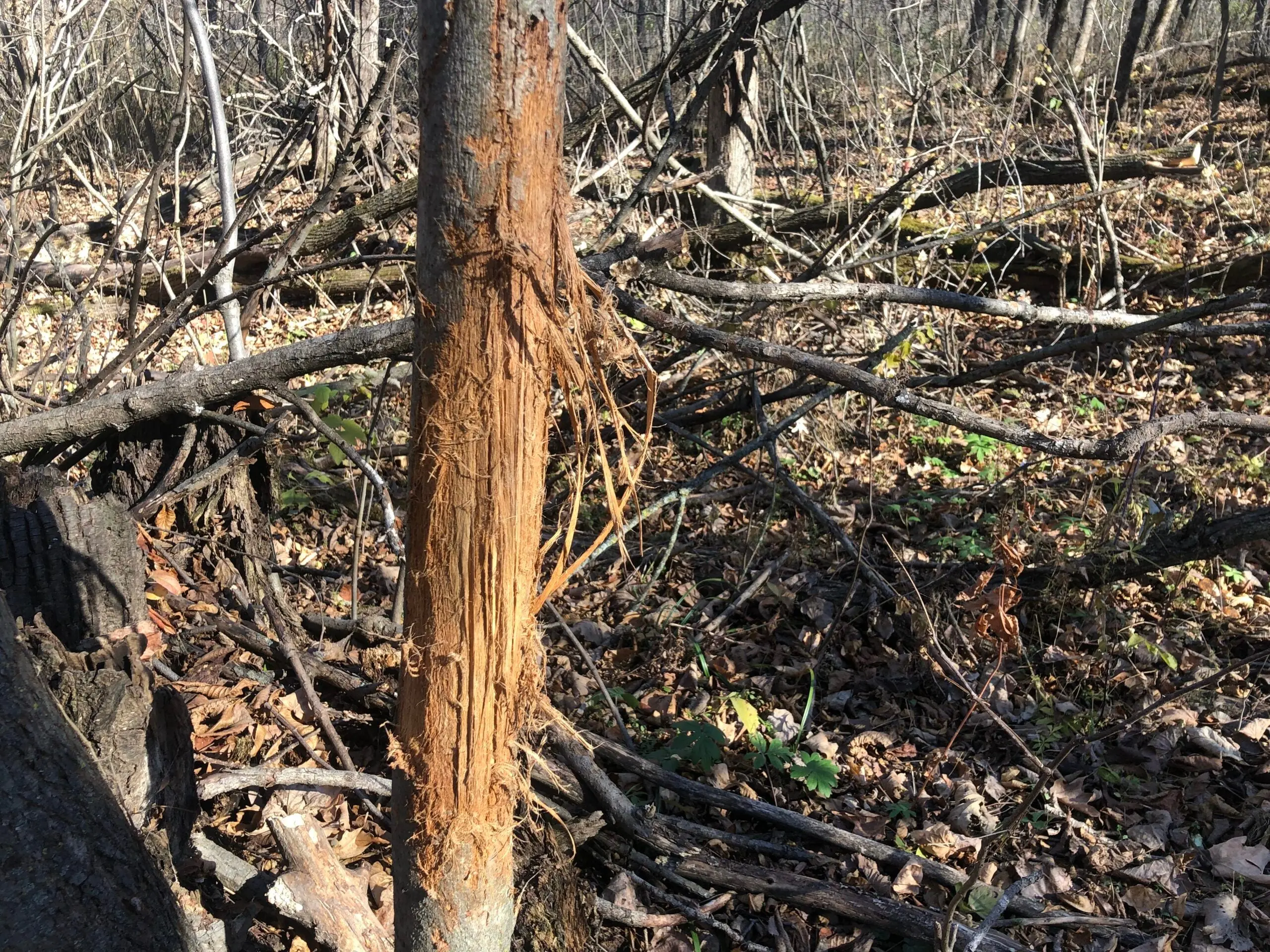
Several studies have revealed that mature bucks are the very first deer to rub trees and lay down scrapes. Noted Michigan researcher John Ozoga has noted that “Yearling bucks are delayed, physiologically and psychologically, in entering rut. Even the most physically fit yearlings are generally delayed a week or two in shedding velvet and don’t achieve the sex hormone ‘highs’ that stimulate mature bucks. Because yearlings and 2½ year-olds normally make few rubs during the pre-rut, abundant rubs during September and early October invariably reveal the presence of a dominant buck at least 3-½ years old.”
Just keep in mind that when it comes to the earliest rubs, the old “big-rub-equals-big-buck” mantra can be tossed out the window. While it’s always nice to find a thigh-thick tree that’s been hashed in September, even a rubbed popple whip should excite any early-season hunter. My friend and big-woods expert Tom Vandoorn found an early-season red oak whose acorns were getting hammered by whitetails. Tom was savvy enough to recognize that the handful of small rubs nearby were indeed reason enough to get excited, so he set up on the site and killed a 160-class Northwoods giant on his first sit.
Big Buck Hunting Strategy: Jump on Early Rubs and Scrapes
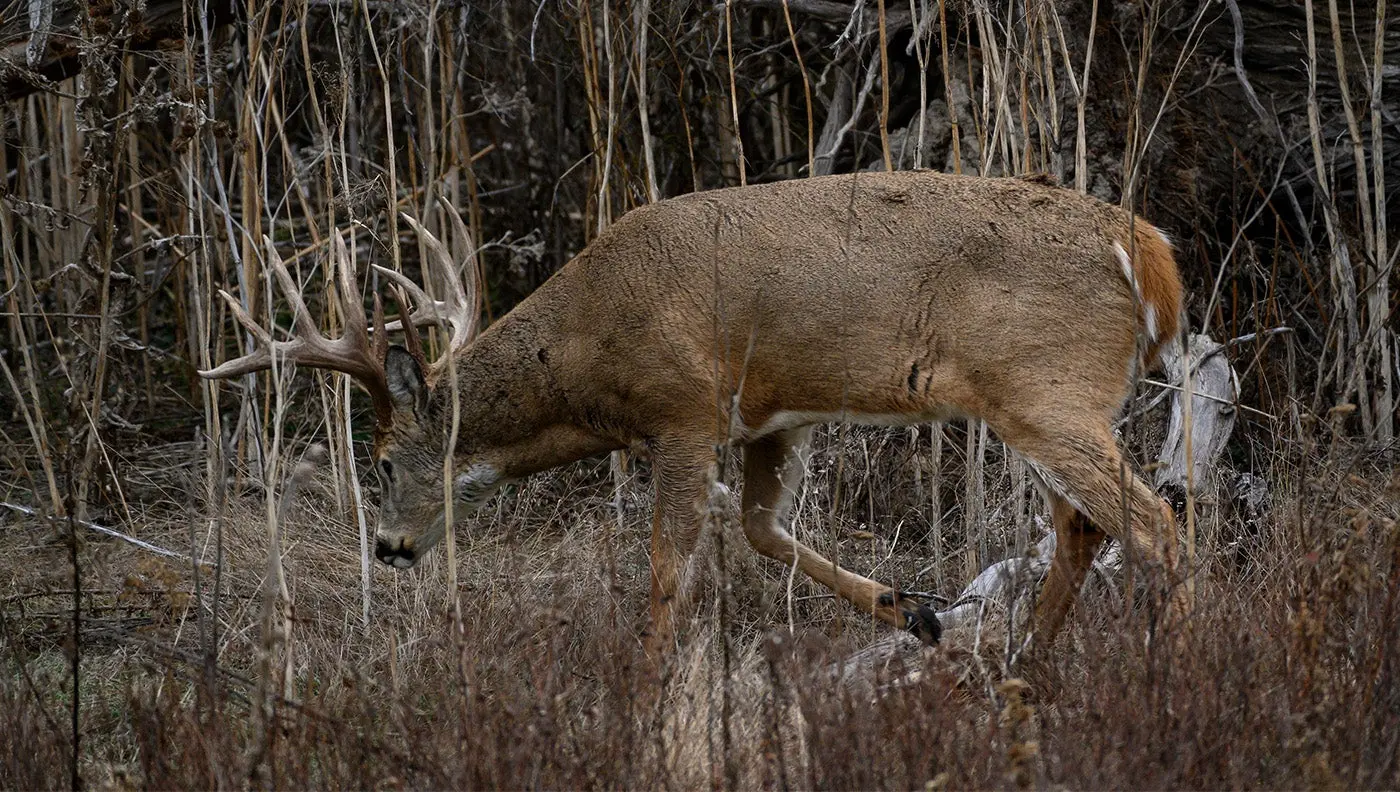
If you’re able to hunt September and early October archery or muzzleloader seasons, jump on the opportunity and scout hard for those pockets of early buck sign. Regardless of size, they’re typically made by mature bucks, and personal experience reveals that they’re invariably located near preferred food sources. As the rut approaches, the first hot scrapes and big rubs are also sign that a big buck is working an area. Immature bucks will visit that spoor and eventually start making their own, but their sign is more of a conditioned response. Mature bucks know what they’re doing and are purposeful about getting rubs and scrapes started.
Related: Buck Scrapes: Pay Dirt or Fool's Gold?
4. Mature bucks are the first and last to breed.
I’m convinced one of the main reasons hunters after mature bucks get frustrated with the rut is because by the time you spot obvious signs that the rut is popping (fighting, chasing, etc.), most of the mature bucks are already locked down with does. Again, this comes down to a mature bucks breeding experience; immature bucks smell estrous in the air and go bombing around like bird-dog puppies trying to nail down the source. Mature bucks have recognized the body posture and other clues of a doe about to enter heat, and they move in when the time is right—and usually before a younger deer.
Once the breeding peak has passed, mature bucks are the only ones left with the stamina to find and breed those late-cycling does. Remember, rutting activity is 6 to 8 weeks of increased activity and not eating much, so by the end of the festivities, the youngsters are wearing out and looking for food. But that mature monster? He’s still out there, working the program.
Big Buck Hunting Strategy: Stick It Out Past the Rut
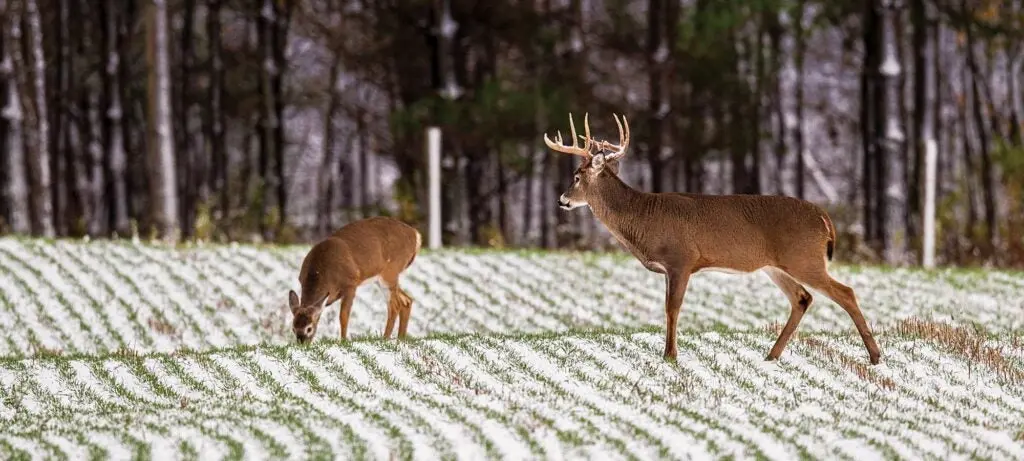
If you’re serious about tagging a monster, prepare for a marathon, not a sprint. You’ll have a window to kill Mr. Big during the early season, when he is on a predictable bed-to-feed pattern, and during the late pre-rut, as he works rub and scrape lines in his home range and near his core area. If you can arrange an ambush during either of these times, good for you and happy duck hunting. But if he eludes you, things can turn into an endurance contest in a hurry. Of course, you’ll keep pressing as the rut builds and peaks, and you may get a crack at him when he’s between does. But your chances of catching up with your target buck are actually best at the tail end of things, weeks after you started.
5. Mature bucks have more personality.
While research has highlighted many commonalities in regard to big-buck behavior, it’s also revealed that individual big bucks are all a little different. While many mature whitetails are content to lie on their bellies until dark, another is happy to wander around at midday. For every half-dozen monsters that remain faithful to a home range for much of the year, there’s one that makes a huge shift each summer or fall. And while most mature bucks are active participants in the rut, there have been numerous study bucks that don’t seem interested in chasing does at all.
Then there are personality quirks, just like humans exhibit. Our natural inclination is to assume that a buck with a tall, massive rack is the dominant deer in an area, but he might be a shy old recluse that doesn’t like to mix it up. One buck responds to most every bleat can, grunt tube, or rattling antler he hears, while another slinks away in the opposite direction. And the list goes on….while it’s always tempting to say “bucks do this or that,” that mostly applies to younger deer, who behave very similarly as they try to figure out the world. But if one of those youngsters is lucky enough to survive to maturity, chances are he’ll pick up quirks that are unique to him.
Big Buck Hunting Strategy: Sweat the Details
It’s important to pay attention to every scrap of experience you have with a mature deer as you hunt him. Don’t just ogle trail-cam pics; study them for times of day, weather conditions, wind directions, moon phase/position (even though scientists pooh-pooh the moon’s influence on deer behavior, many successful hunters don’t). If you’re lucky enough to spot a big buck, observe and note everything significant that you can—where and how he travels, how he behaves around other deer, what the conditions were on the sighting and how you can use that information to set up your next meeting. Despite their age, experience, and survival instincts, most mature bucks have some vulnerability that you can pinpoint if you pay close enough attention.


